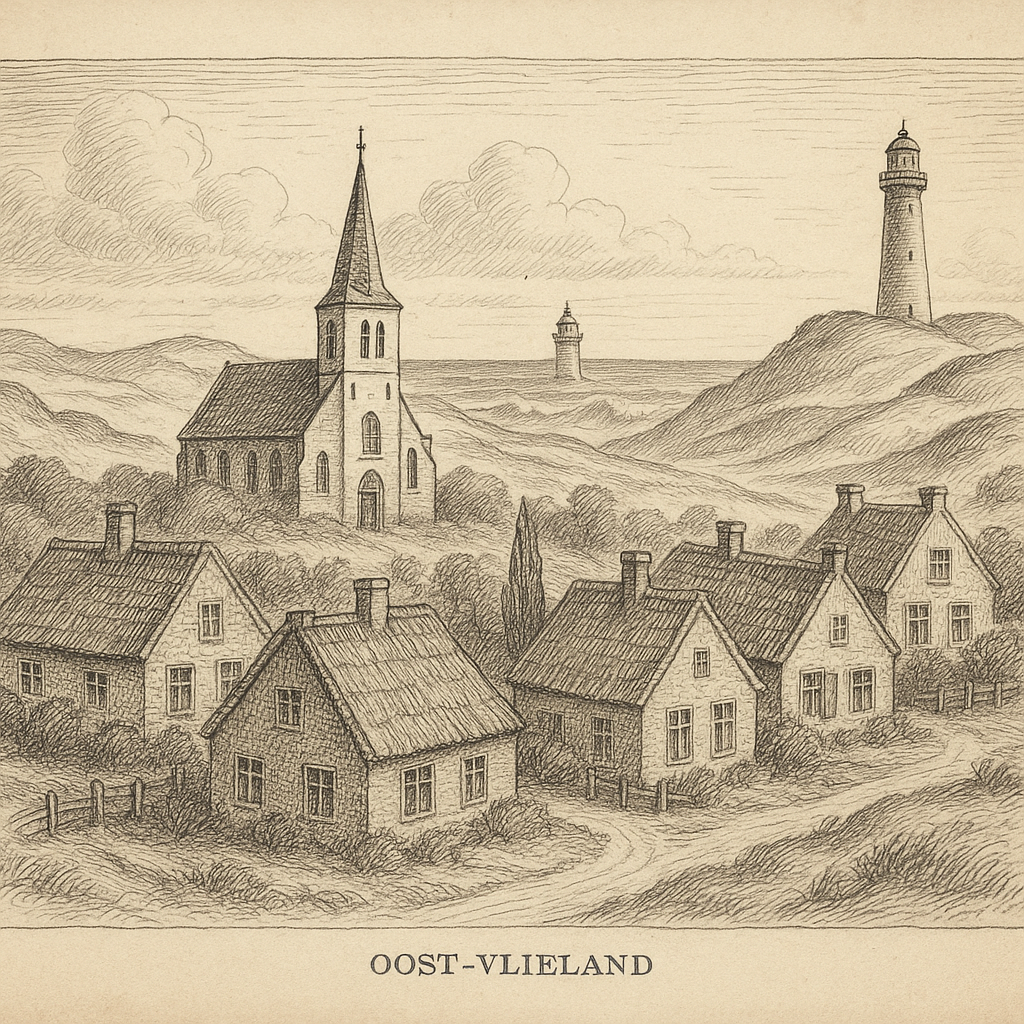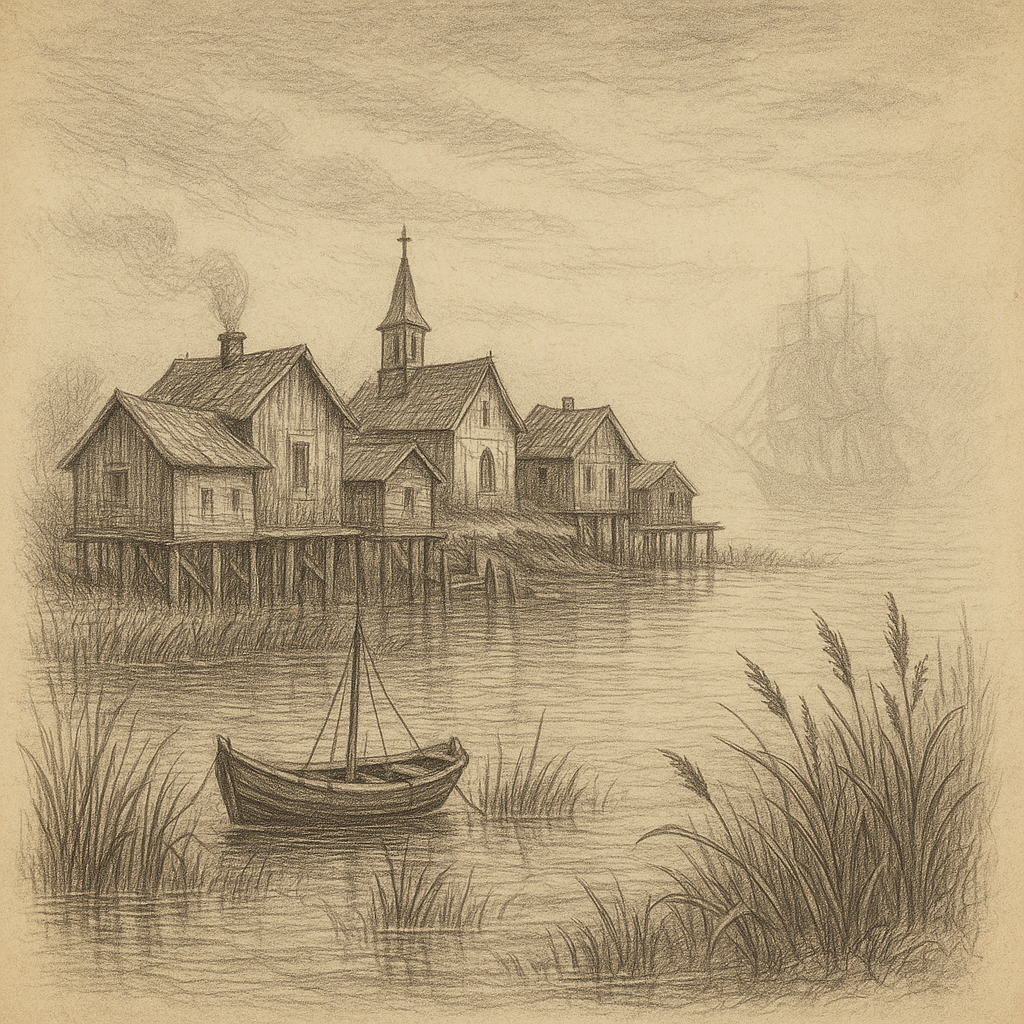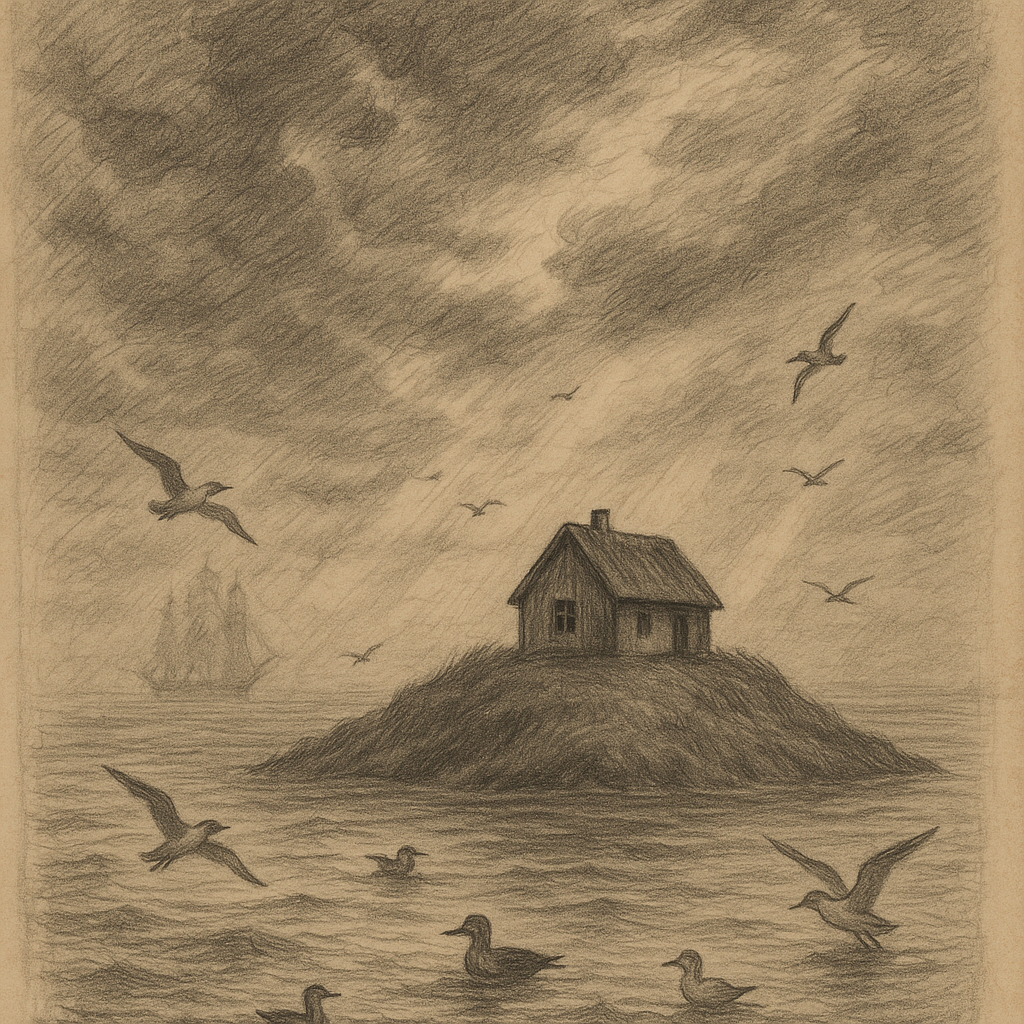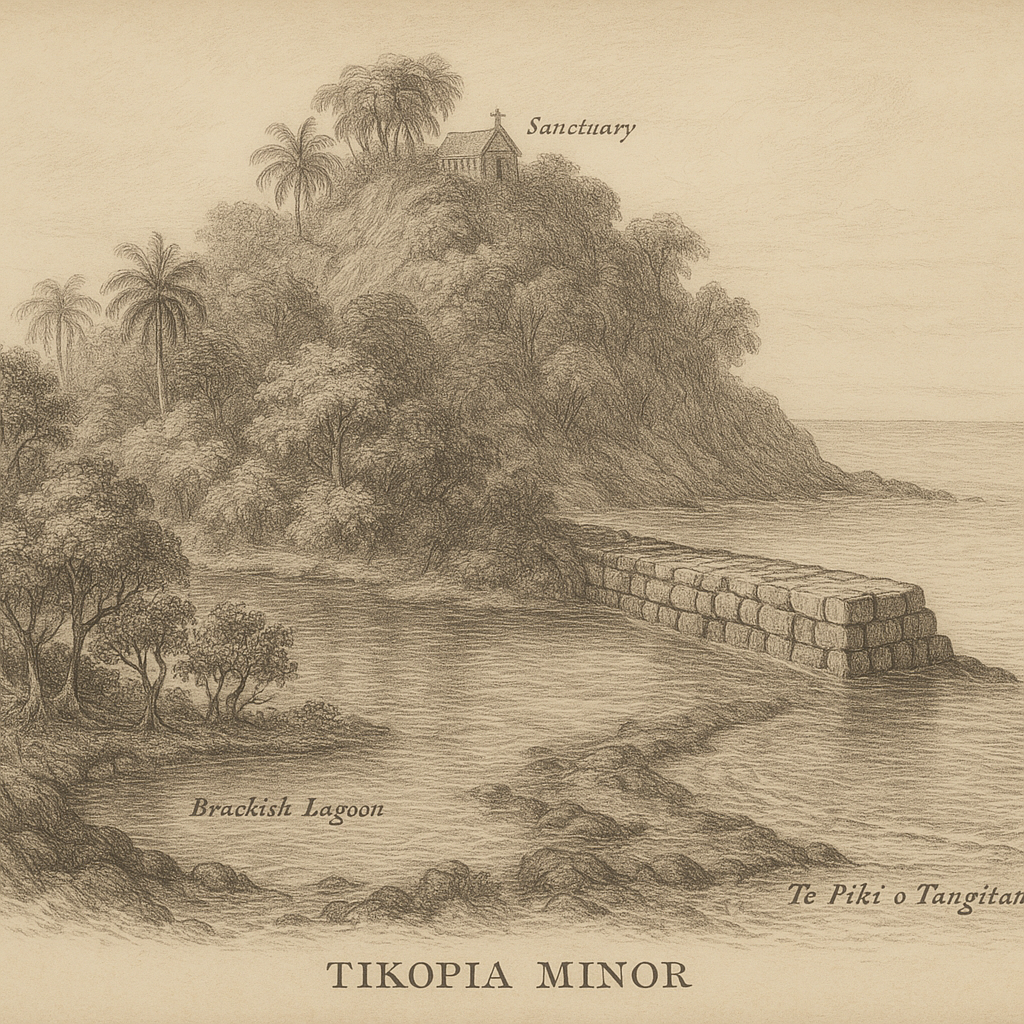Oost-Vlieland Island: A Remote Gem of the Dutch Wadden Sea
Oost-Vlieland Island, a tranquil and remote outpost of the Netherlands, is part of the Frisian Islands — a stretch of barrier islands in the Wadden Sea. Known for its natural beauty, rich history, and deep ties to maritime heritage, Oost-Vlieland offers a unique blend of seclusion and cultural depth. Here are some key facts and compelling aspects of this remarkable island.
Geography and Location
Oost-Vlieland is the only village on Vlieland Island, which is one of the five inhabited Dutch Wadden Islands. It is located in the northeast of the Netherlands, nestled in the shallow waters of the Wadden Sea, a UNESCO World Heritage Site. The island is about 12 km long and 2 km wide, with pristine beaches along the North Sea coast and tidal flats on the Wadden Sea side. Unlike the more populated islands of the Netherlands, cars are restricted for visitors, making Oost-Vlieland exceptionally quiet and eco-friendly.
Geological Formation and Natural Environment
The formation of the island traces back to sediment deposition over thousands of years, shaped by the tides and currents of the North Sea. Originally part of the larger Frisian landmass, part of Vlieland was eroded by the sea in the 13th century, splitting the region into smaller islands. Oost-Vlieland stands on sand dunes, intertidal zones, and clay-rich soil, supporting unique flora and fauna adapted to both saline and fresh environments.
The Wadden Sea surrounding the island is a dynamic tidal ecosystem that fosters biodiversity. It serves as an internationally significant stopover site for migratory birds, and the salt marshes, dunes, and coastal forests create habitats for seals, birds, and rare plant species.
History of Oost-Vlieland
The village of Oost-Vlieland dates back to at least the early 13th century and has always been closely linked with maritime activities. During the Dutch Golden Age, Vlieland served as a stopover point for VOC (Dutch East India Company) ships traveling towards the East Indies. The island was a bustling hub in the 17th century, during which local pilots guided merchant fleets through the treacherous shallows of the Wadden Sea.
In the 19th century, Oost-Vlieland became a quieter fishing village as maritime trade routes changed. Its remoteness later made it a haven for artists, writers, and nature lovers, many of whom were drawn to its untouched landscapes and serene atmosphere.
A Village Preserved in Time
Oost-Vlieland exudes historical charm with its cobbled streets, traditional Dutch houses, and old churches. The Nicolaas Church, dating back to the 12th century, stands as a testament to the island’s enduring religious and cultural heritage. Walking through the village feels like stepping back in time, with well-preserved buildings including a former town hall and centuries-old cottages now functioning as charming guesthouses.
The island’s isolation — only accessible by ferry from Harlingen on the mainland — has kept urban development at bay, preserving its historical character and environmental vulnerability.
Remarkable Facts and Curiosities
– Vlieland is one of the few car-free islands in the Netherlands. Only residents may use vehicles, preserving the island’s peaceful ambiance and reducing pollution.
– The island has a population of just over 1,100 people, making it one of the least populated municipalities in the Netherlands.
– Every year, Vlieland hosts the “Into The Great Wide Open” music and arts festival, known for its intimate atmosphere and eco-conscious ethos.
– The Vuurduin Lighthouse is one of the most iconic landmarks, originally established in 1909. Although just 16.8 meters tall, its position atop a 36-meter dune gives it a visibility height of over 50 meters above sea level.
– Oost-Vlieland has no natural fresh water sources; modern solutions such as undersea water pipes provide supply from the mainland.
Legends and Folklore
Vlieland, like many remote coastal communities, has its own share of legends. One tale recounts the story of “De Witte Dame van Vlieland” — the White Lady of Vlieland — a ghost said to wander the dunes during stormy nights, searching for her lost sailor husband who never returned from sea. According to legend, her appearance is a bad omen that warns of severe storms or misfortune at sea.
Another popular local story is tied to the “Verdronken West-Vlieland” (Drowned West Vlieland). This western part of the island once housed a second village that was consumed by storm surges in the late 18th century. Island lore holds that during exceptionally low tides, ghostly remnants of chimneys and foundations can sometimes be spotted beneath the waves — an eerie reminder of nature’s power.
Modern-Day Preservation and Tourism
Maintaining the island’s delicate balance between tourism and conservation is a continuing effort. Oost-Vlieland has become a model for sustainable tourism in the Netherlands. Cycling and walking are the primary means of transportation, and accommodations are often eco-friendly.
In recent decades, major efforts have been made to preserve sand dunes, reintroduce native flora, and protect nesting grounds for birds such as the spoonbill and Eurasian oystercatcher. The Wadden Sea around Oost-Vlieland is also strictly regulated, with sailing and clamming subject to environmental guidelines.
Visiting Oost-Vlieland
Getting to Oost-Vlieland requires a ferry ride from Harlingen, which in itself is a scenic journey through the Wadden Sea’s shifting tidal zones. Bicycles can be rented upon arrival, and marked trails allow visitors to explore beaches, dunes, and bird sanctuaries. As a car-free island with stringent hotel and camping regulations, advance planning is advised.
Whether it’s for its peaceful nature, rich history, or local legends, Oost-Vlieland Island offers a remote experience unlike any other part of the Netherlands. Its combination of cultural heritage and environmental stewardship makes it a hidden treasure waiting to be discovered.



